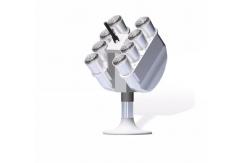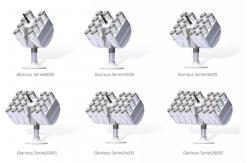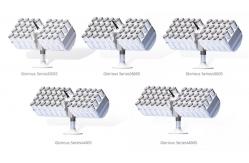Smart Power Application
|
Detailed Product Description
|
Solar Lighting Captures Sunlight Channels it Through Fiber Optic Cables Solar Lighting System based on Fiber
Working Principle of Intelligent Sunlight Import System1. Solar Capture & Tracking Module
2. Fiber Optic Conduction System
3. Indoor Lighting & Control Unit
4. Energy-Efficient Design Features
5. Installation & Adaptability
Key Technical Diagram (Simplified)
|
Related Products
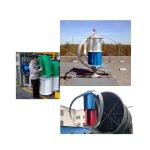
|
On Grid Solar And Diesel Generator Hybrid System 1KW 2KW 3KW 5KW 10KW Solar Hybrid Ups System |
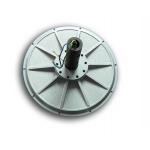
|
Best Home Generators 2020 Low RPM Axial Flux Coreless 3kw 200VAC Permanent Magnet Generator Motor |

|
Best Generator Low Rpm PMG 1kw Gearless Generator |

|
Best Home Generators 2020 Certificate Generator PMG 0.3kw 0.6kw With Low 400RPM 800RPM |
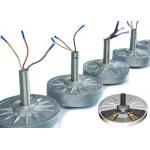
|
Carbon Steel Permanent Magnet Generator Coreless PMG 2kw 3KW 5KW Low 100Rpm 200RPM |

|
Best Home Generators 2020 Permanent Magnet Alternator Coreless Generator for Vertical Axis Wind Turbine |
Email to this supplier

